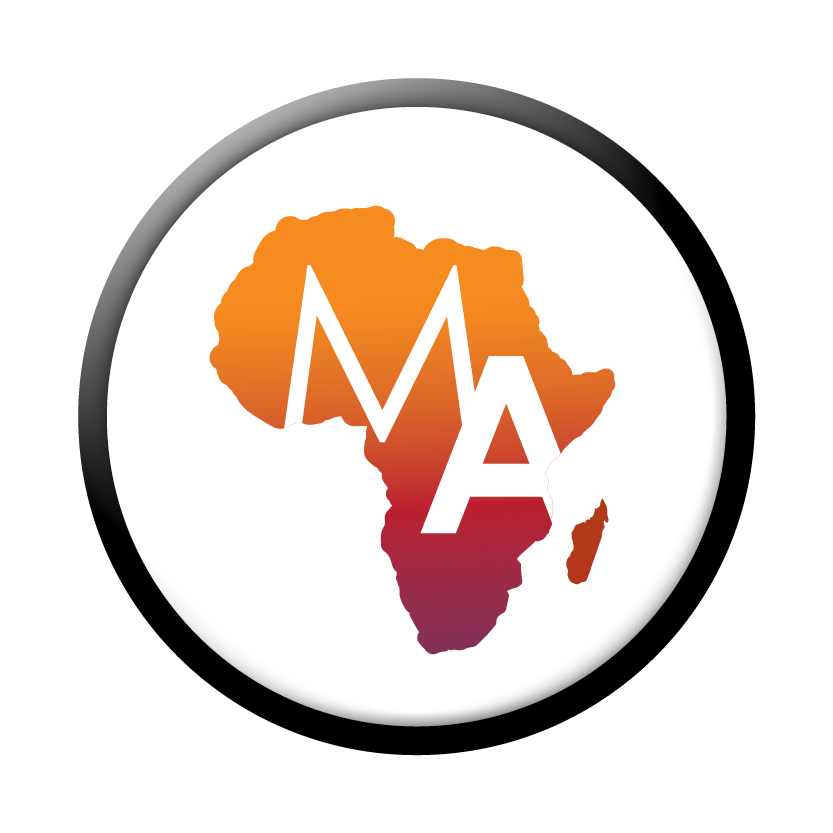Original Story Published by: Chief Obosu Mohammed, Modern Ghana, www.modernghana.com
Photo Source: courtesy of Modern Ghana
"I am the river, sit and listen to my wisdom" (Ian Menard, 1994). Rivers and other water bodies have been essential to human existence since the beginning of time due to their varied uses such as transportation, irrigation, fishing, tourism, and hydropower generation. They are a significant foothold for local and regional socio-economic development. Inland Waterways (IW) are navigable bodies of water that are central to the movement of cargoes and passengers with the use of watercraft such as pontoons, boats, ferries, water buses, canoes, and cargo barges. Rivers, lakes, streams, lagoons, and canals are all examples of navigable Inland Waterways (IW).
Ghana is gifted with numerous inland bodies of water. The Volta Lake, along with the upstream Volta Rivers, Afram River, and the Oti River, are Ghana's most prominent Inland Waterways (IW). The Volta Lake, one of the world's largest artificial lakes, which was formed after the construction of the Akosombo dam covers an area of about 8,500 km2. The entire Volta system spans about 1,600 kilometres and drains an area of approximately 388,000 square kilometres, of which about 158,000 square kilometres are within Ghana.
However, there is little information on the navigability of other water bodies in Ghana, including the Pra and Ankobrah Rivers, which were previously essential sources of cargo transport. Other smaller rivers and major independent rivers, such as the Birim, Densu and Tano rivers, can be found in various areas around the country, and some of them may be navigable but not to their full length.
To read the full article, visit www.modernghana.com.









